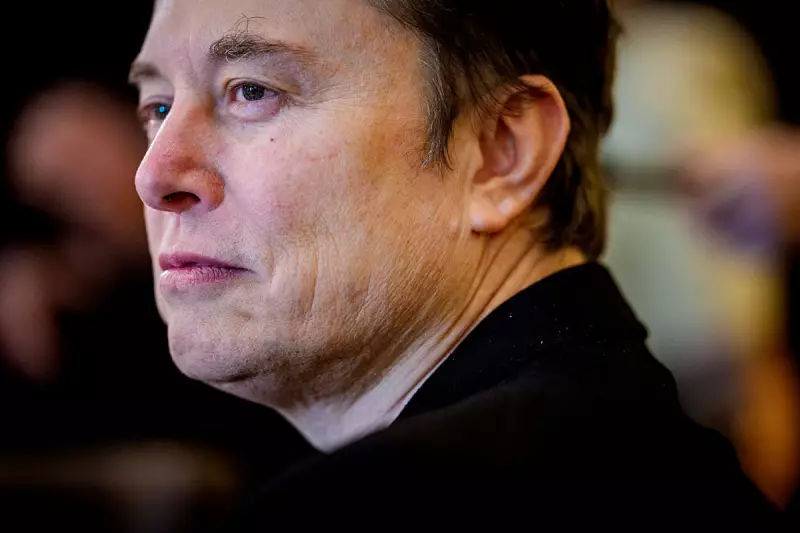
In a revelation that challenges our fundamental understanding of wealth inequality, new research has uncovered that the eye-watering fortunes of billionaires might be more illusion than reality.
The Paper Billionaire Phenomenon
A comprehensive study examining the true nature of extreme wealth has found that a significant portion of billionaire assets exists only as paper wealth - theoretical values tied to company shares and investments that can't be readily converted to cash.
This groundbreaking analysis reveals that while billionaires appear to control unimaginable riches on paper, their actual liquid wealth tells a very different story. The research suggests we've been measuring wealth inequality using fundamentally flawed metrics.
What the Numbers Really Show
The study, drawing from extensive financial data, demonstrates that:
- Billionaire wealth is overwhelmingly concentrated in illiquid assets
- Market valuations often bear little relation to realisable cash value
- The gap between paper wealth and spendable money is enormous
Rethinking Wealth Inequality
This research forces us to reconsider how we measure and discuss economic disparity. Traditional methods of calculating wealth inequality may be painting a distorted picture of the true financial landscape.
The implications are profound: policies designed to address wealth inequality might be targeting the wrong metrics, and public perceptions of extreme wealth could be based on misleading numbers.
A More Nuanced Understanding
Rather than dismissing billionaire wealth entirely, the study calls for a more sophisticated approach to understanding economic disparity. It suggests we need to distinguish between:
- Paper wealth tied to company valuations
- Liquid assets that can be readily spent
- Actual economic power and influence
This new perspective doesn't diminish the very real concentration of economic power among the ultra-wealthy, but it does provide a more accurate framework for understanding and addressing wealth inequality.




